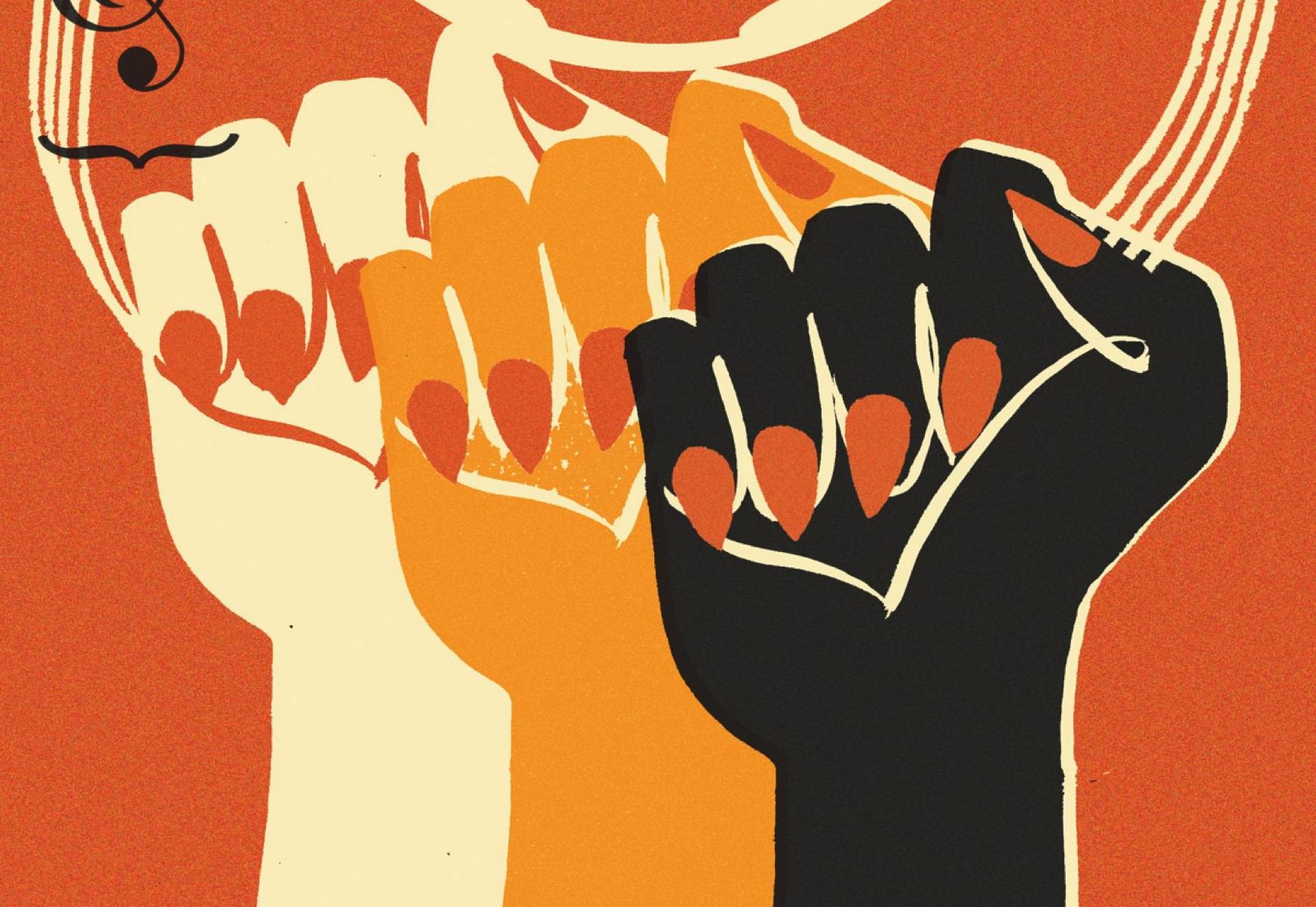Blog: Laura Bowler
To celebrate International Women’s Day the Manchester composer challenges what femininity means with a musical performance inspired by Bjork
When the Manchester Camerata approached me to write a new work for International Women’s Day influenced by the work of Bjork, Aurora and Portishead, I found myself both excited and apprehensive at the prospect of writing the piece. Bjork is an artist I have admired for many years, Portishead’s Machine Gun is the track I used for the entrance music for my first boxing fight, and Aurora presented the opportunity of getting to know an artist I wasn’t familiar with.
These influences aren’t the only thing that feed into the work. The title – /ˌfɛmɪˈnɪnɪti/ – points towards the main idea behind the piece challenging the stereotypical ideas of what femininity is. The idea came to me when I read about Alison Segel tweeting a screenshot of Merriam Webster’s example of the word in a sentence: “She managed to become a female CEO without sacrificing her femininity.”
There are numerous dictionary examples that are similar in their suggestion. This starting point, accompanied by my relationship with my own femininity ended up being the catalyst to the political and societal ideas explored in the piece. It is both a celebration of women, and a provocation of society’s ideas of what women and girls should/shouldn’t be.
As a young woman I followed the stereotype – long blonde hair, high heels, lots of make up, figure hugging dresses and I loved shopping. Now, I have a somewhat eccentric sense of fashion, rarely wear makeup, have a strong love of flat shoes and sneakers, but still love shopping! As my confidence has grown with age, I have found myself not caring whether I adhere to the stereotype of a beautiful, feminine woman. The piece presents many perspectives on femininity through visual aspects including text, imagery, gifs, tweets, Google searches and three on-stage electric handheld drills. I wanted the piece to entertain, but also to pose questions without dictating the answers. That’s up to the audience.
I spent many hours absorbing the music of the three female artists that influence the piece, scribbling down fragments of their music, and more broad ideas of their musical and visual aesthetic. Although the piece draws ideas from the three artists, I felt it was important for me not to try and imitate them, or worse – copy! I wanted to absorb them and then see what came out when I began composing, and I have to say the piece is very different to anything else I have composed! It is far more rhythmical than any of my recent work, and the influences of pop music are very apparent.
I found the project entirely freeing! There was never a feeling of maybe I shouldn’t do this, or the wrong context, I just wrote with my intuition, had fun and if something ridiculous came along, I included it in the piece! There are even some penguins in there (accompanied by a very legitimate reason for their presence)!
At the core of the piece stands a trio of female soloists. They are like a wall of sound, an all-female army who only occasionally play below forte. They are powerful, playful, complex and united.
/ˌfɛmɪˈnɪnɪti/. will be performed as part of Who Runs The World at the RNCM on 5 March

Leave a reply
Your email address will not be published.